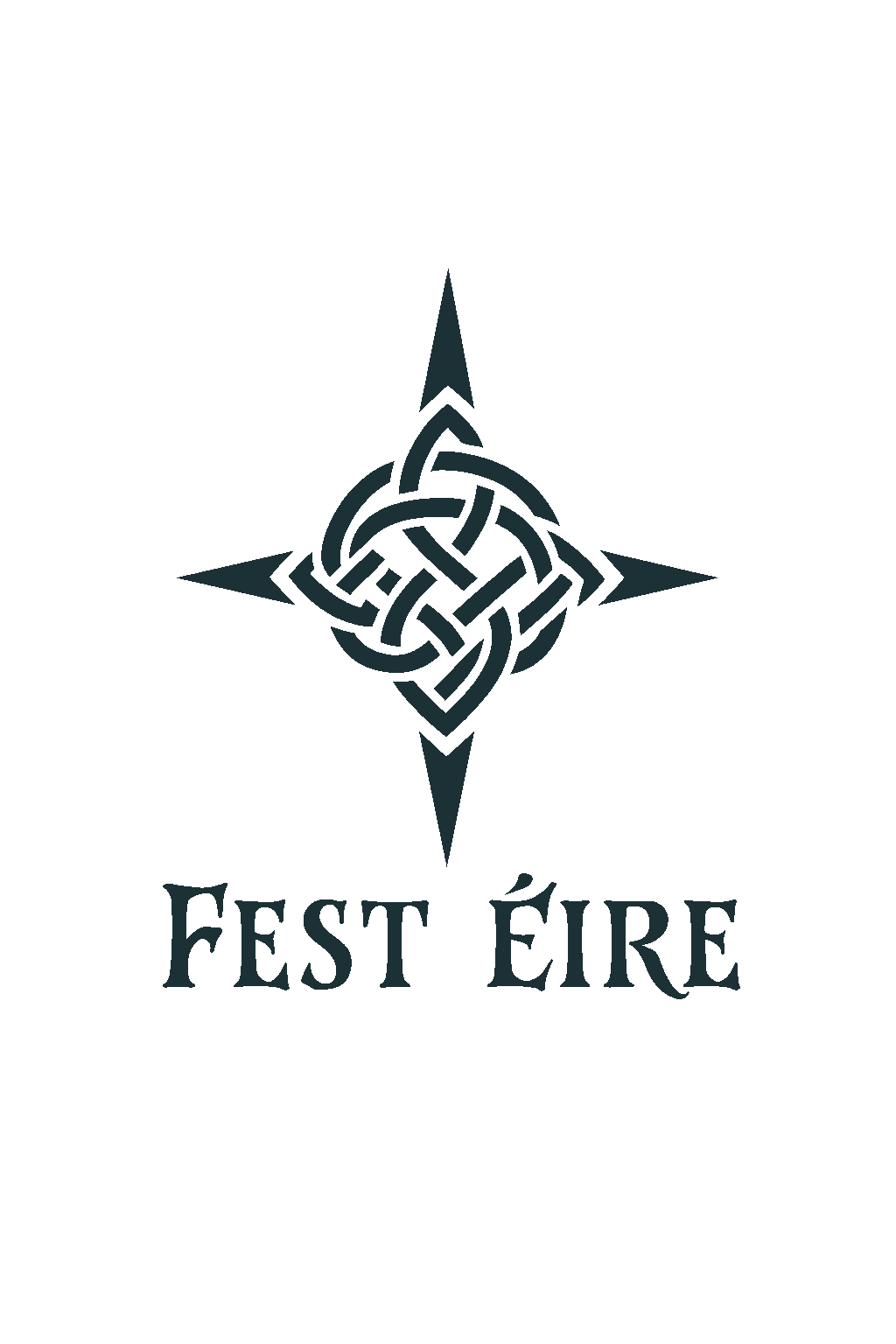St Patrick's
A celebration of Irish Spirit and Story (Fáilte go dtí an Féile!” )
From Captive to Saint: The Most Celebrated Man was not an Irish!
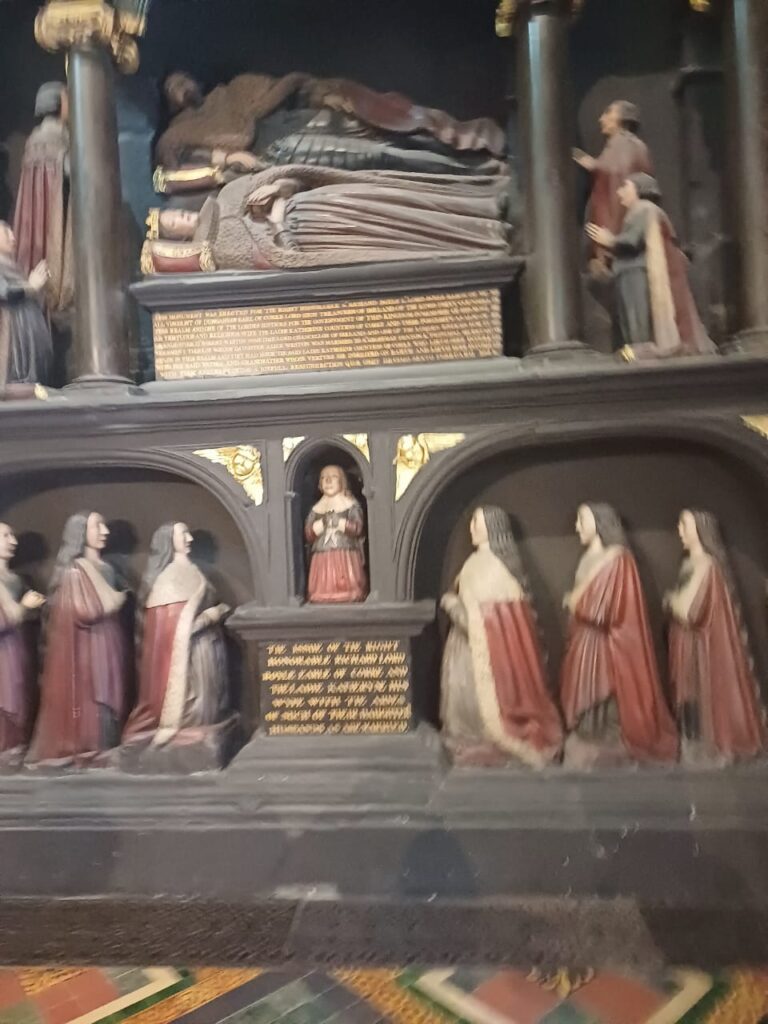
St Patrick’s is said to have been born Maewyn Succat (Latin: Magonus Succetusand was a Roman Britain-born Christian missionary.
A former slave returned to the land of his captivity with a divine mission. Saint Patrick, the man who would become Ireland’s patron saint, arrived not as a conqueror but as a Christian missionary armed only with faith and a humble Shamrock.
March 17th is a special day celebrated annually across the world in remembrance of the death of St Patrick.
The true story reveals fascinating contradictions. Though celebrated as Ireland’s spiritual father.
St. Patrick was buried at Down Cathedral at Benedictine Monastery.
Kidnapped at 16 by Irish raiders, he spent six years in isolation as a shepherd before escaping. His famous “banishment of snakes” likely symbolizes the eradication of pagan beliefs rather than literal reptiles.
An often-overlooked fact: While Patrick is celebrated globally, only Ireland, Northern Ireland, Newfoundland in Canada, and the Caribbean island of Montserrat observe his feast day as an official public holiday.
The shamrock analogy using its three leaves and one stem to explain the Holy Trinity became his most enduring theological tool.
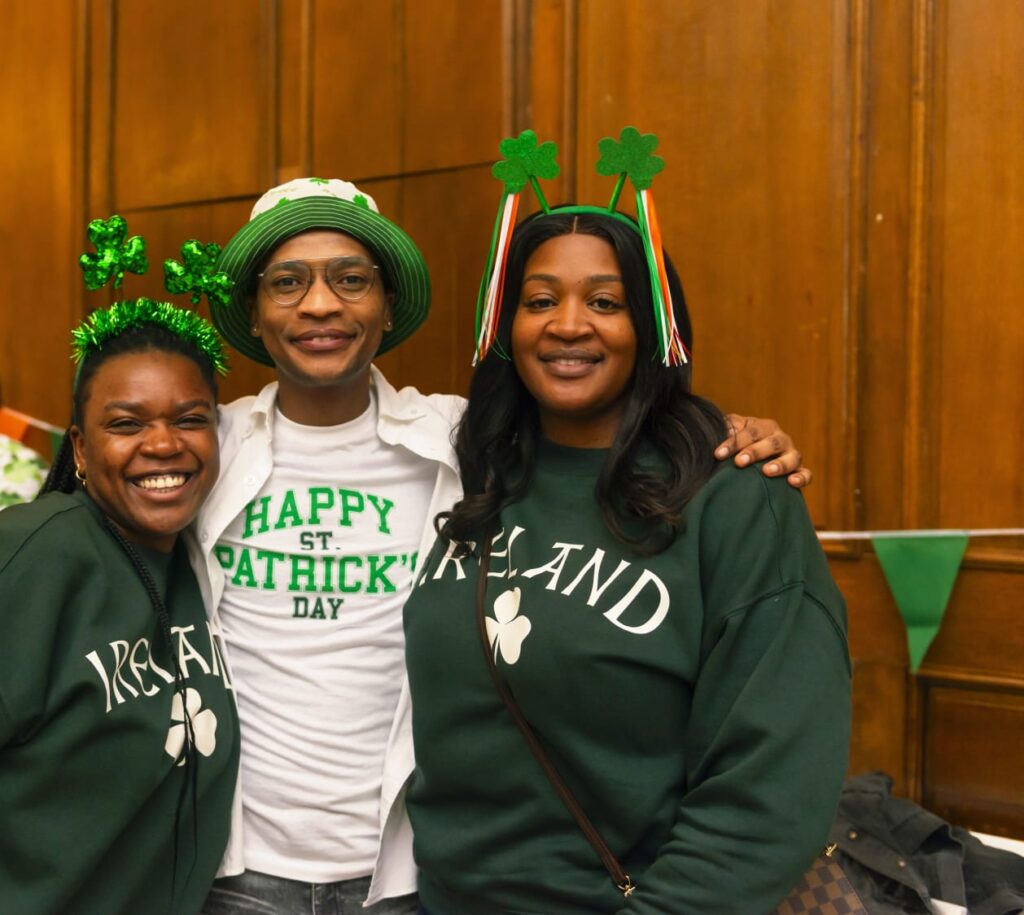
Evolution of a
Global Celebration!
The transformation of St. Patrick’s Day mirrors the journey of Irish culture itself. What began as a quiet religious observance marked by church services evolved through centuries of emigration and cultural exchange. The first recorded parade occurred not in Ireland, but in Boston allegedly organized by homesick Irish soldiers serving in the British army.
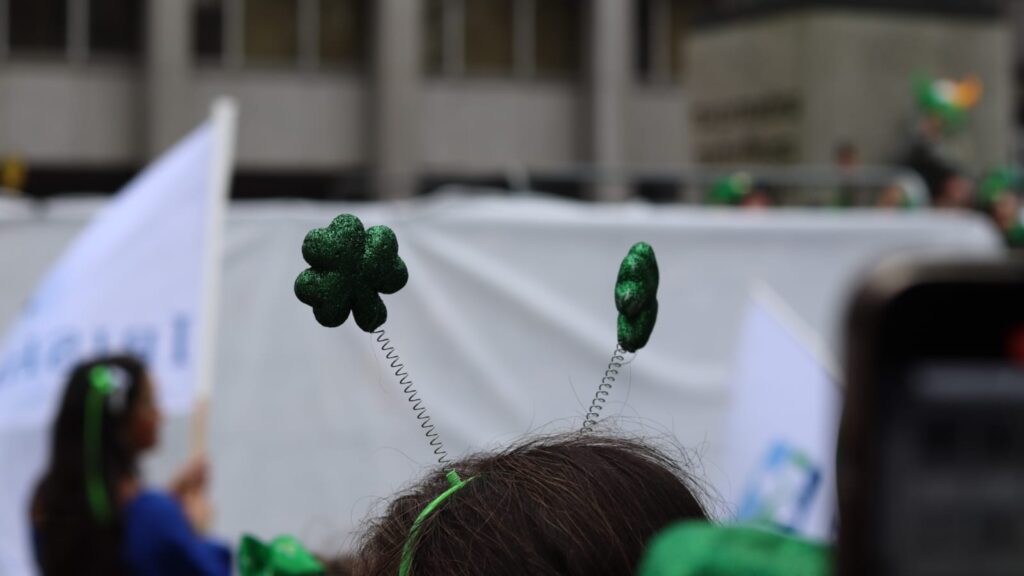
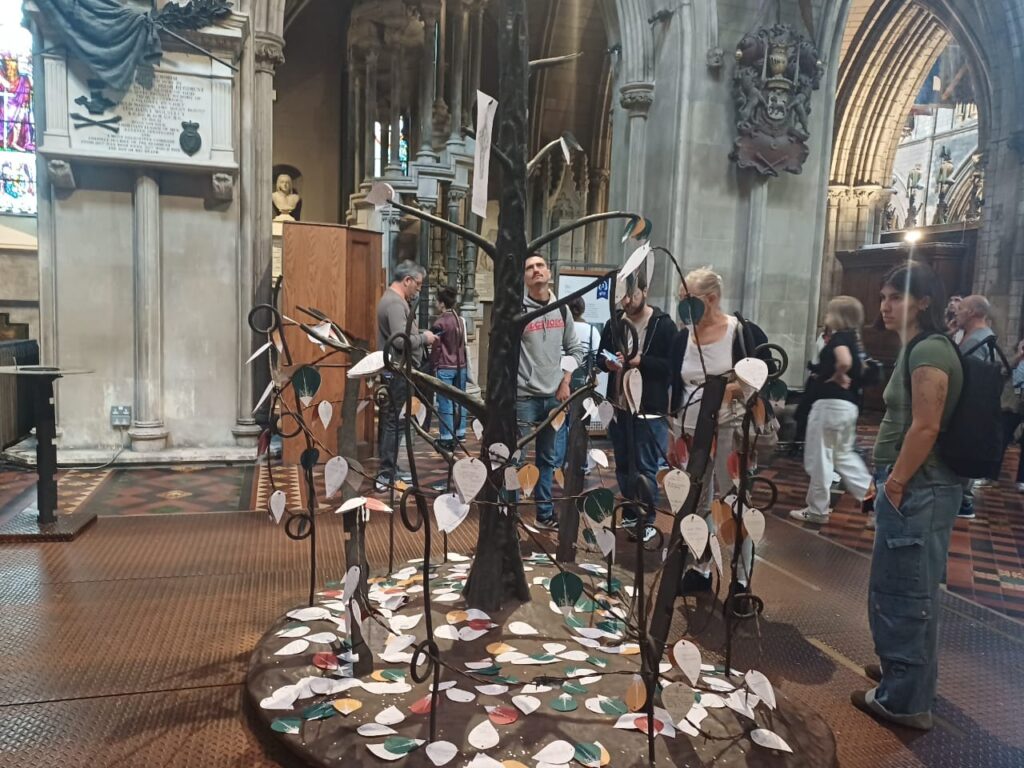
In contemporary celebrations, the numbers speak volumes. Over 17 million people attend U.S. parades annually. Chicago’s famous river dyeing, initiated in 1962, now uses 40 pounds of eco-friendly vegetable dye. The celebration has even reached cosmic proportions—since 2011, astronauts on the International Space Station have marked the occasion.

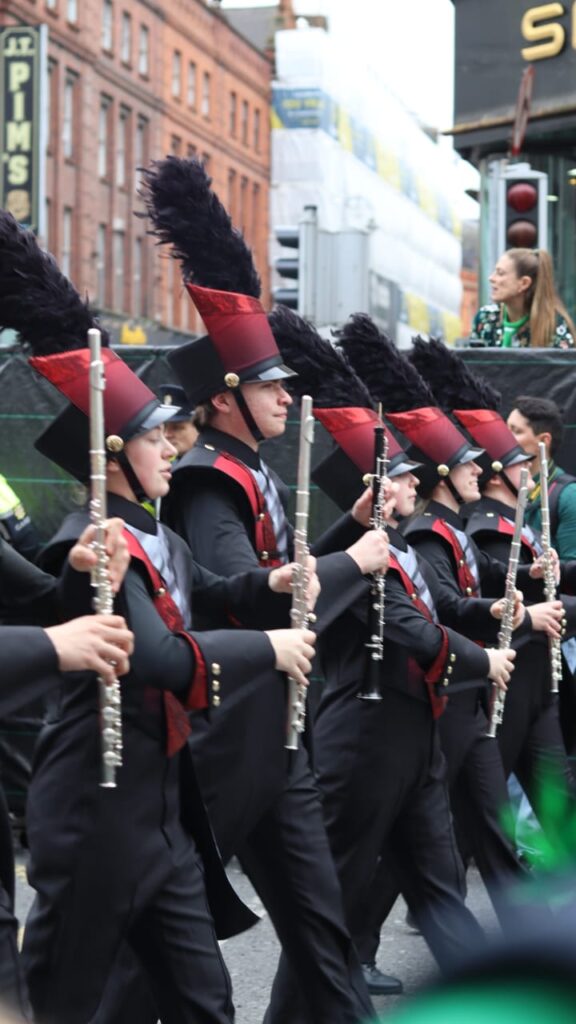
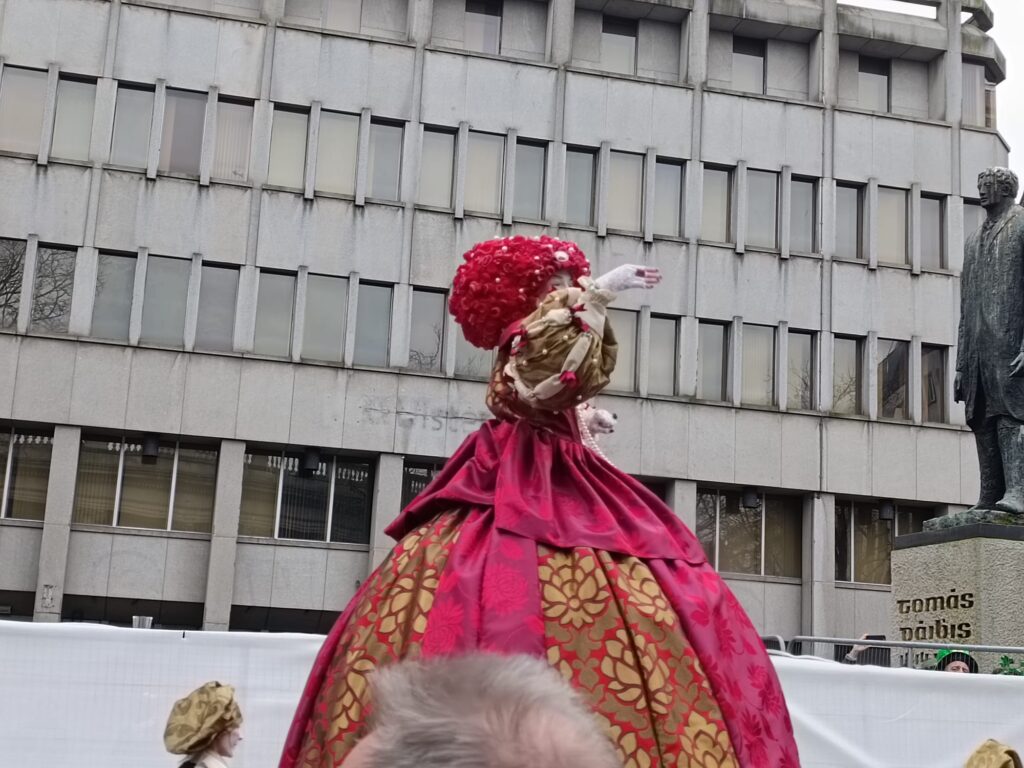
Global hotspots showcase the festival’s diversity. New York City hosts is believed to host the world’s largest parade with with Sydney allegedly transforming its Opera House into an emerald beacon. Tokyo residents participate in “I Love Ireland” fun runs. Each location adds its own cultural twist while honoring Irish heritage.
Controversies & Reckonings
The festival’s legacy carries complex undertones. While today’s celebrations proudly showcase Irish heritage, 1840s immigrants faced harsh discrimination in America even as they established traditions now embraced worldwide. Modern debates increasingly question the alcohol-centric marketing versus cultural authenticity.
Dublin festival usually address contemporary concerns with innovative solutions. New initiatives include biodegradable parade floats and a “Green your own river” These changes reflect a growing awareness of environmental responsibility while preserving festival spirit.
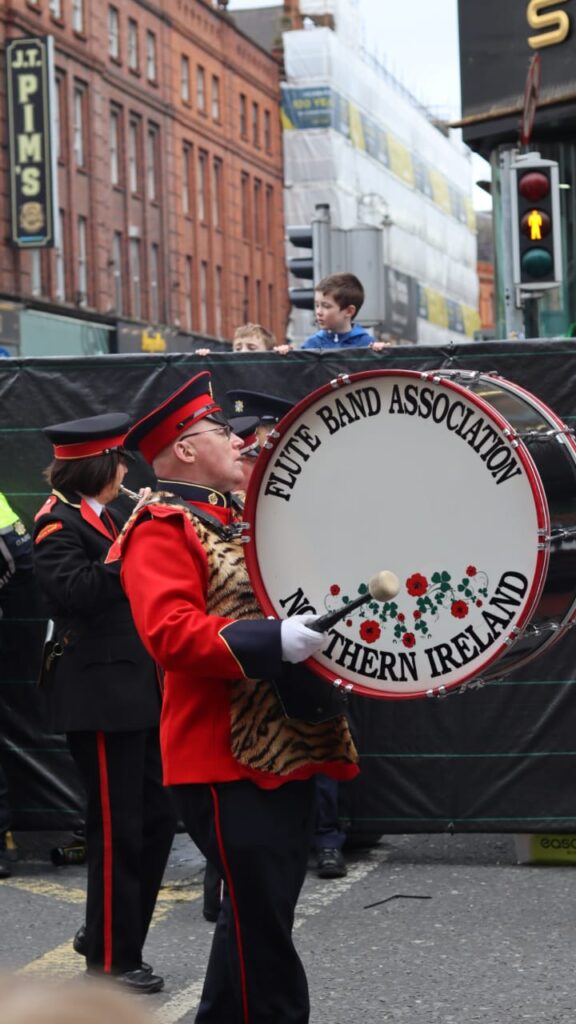
HOW ST .PADDY’S WENT GLOBAL
Why We Wear Green & Hunt Leprechauns!
From Quiet Feasts to Parades
Originally, Ireland observed St. Patrick’s Day with prayer and quiet feasts nothing like today’s raucous celebrations. So how did it turn into a worldwide party?
Thank (or blame) Irish immigrants, especially in America, where they transformed March 17 into a loud, proud celebration of Irish identity.
Green & Mythology
The vibrant green that dominates modern celebrations hides a complex history.
During the 19th century, Irish independence movements adopted green as their rallying color, transforming it from a simple religious symbol to a potent political statement. The “wearing of the green” began as an act of defiance before evolving into today’s festive tradition.
Leprechaun mythology reveals similar layers. These mischievous figures derive from Celtic fairies their original Irish name “lobaircín” means small-bodied fellow.
Your Invitation to the Global Tribe
Whether you’re climbing Croagh Patrick in Patrick’s footsteps, joining New Orleans’ raucous “Irish Channel” block party, or simply enjoying homemade colcannon, you’re participating in a tradition that’s evolved over time for and shows no signs of slowing.
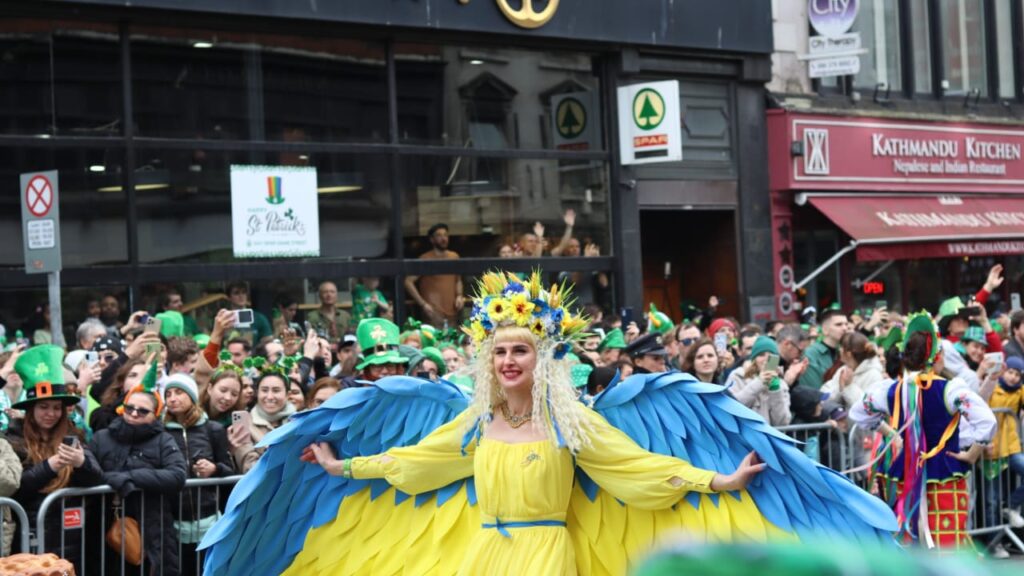
Food plays a central role
Food plays a central role in St. Patrick’s Day gatherings. In Ireland, festive meals often featured bacon and cabbage a hearty, comforting dish made with cured pork and potatoes.
When Irish immigrants arrived in America, bacon was expensive and harder to find. They adapted the recipe using corned beef, purchased from Jewish butchers in immigrant neighbourhoods. Paired with boiled green cabbage and potatoes, it became the iconic St. Patrick’s Day meal in the United States.
A Taste of Tradition – Corned Beef and Green Cabbage
Today, both versions are enjoyed: in Ireland, the traditional bacon and cabbage remains popular, while in Irish-American communities, corned beef and green cabbage are staples of the holiday table.
Why It Matters – Pride on a Plate and in Colour
The shift from blue to green and the evolution of the holiday meal tell the larger story of Irish identity adaptable, resilient, and deeply connected to heritage. Whether it’s wearing green, waving the tricolour, or sharing a plate of cabbage and meat with loved ones, these traditions bring people together across oceans and generations.
For the Irish at home and abroad, St. Patrick’s Day is more than a festival it’s a living expression of community, pride, and belonging.
How to Experience the Festival Like a Local
Become an Irish for a day!
For culture seekers, Dublin offers authentic experiences beyond the tourist track.
Begin at dawn with the haunting chorus at Christ Church Cathedral. By mid-morning, secure a prime parade viewing spot at St. Stephen Green ,west side offers the best vantage with smaller crowds. A
fternoon usually calls for traditional music sessions at different Irish hotspots like The Cobblestone, where the soul of Irish culture comes alive.
On the D.day, parade typically starts at Parnell Square. then proceeds down O’Connell street, over O’Connell bridge onto Dame Street before it climaxes and end at Kevin street.
Why Do We Wear Green, Drink Beer, and Eat Corned Beef?
Originally, Irish rebels wore green to defy British rule. Now? It’s a global fashion statement (and a way to avoid pinches!).
Corned Beef & Cabbage Surprisingly, this is an American twist. In Ireland, they preferred bacon!
Green Beer A purely U.S. invention (because why not?).
Pro Tip: In Ireland, St. Patrick’s Day was a dry holiday until the 1970s no alcohol allowed!
Patricius to Patrick
His name was never as Patrick in his life time, he was known as Maywin Succet, during his church days he was known as Patricius before he finally Patrick Imagine St Succet day? buried at St Patricks Cathedral, one of the Islands biggest attractions.
By the time of his death on March 17, 461, he had built monasteries, churches, and schools, forever changing Irish culture. John O’Sullivan,Tour Guide St Patrick’s Church)
Fun facts and Tradition
Boston threw the first St. Patrick’s Day parade in 1737 (before the U.S. was even a country!).
New York City followed in 1762, and now hosts the biggest parade in the world.
Chicago started dyeing its river emerald green in 1962—a spectacle that draws millions.
Fun fact: St. Patrick’s official color was blue, but green took over thanks to Ireland’s nickname, “The Emerald Isle.”
Oh, and those snakes he supposedly banished from Ireland? Myth. Ireland never had snakes it was likely a metaphor for driving out pagan beliefs. But the shamrock as a symbol of the Trinity? That one’s legit.
Don’t Be left out, speak like an Irish
- Howya: how are you
- What’s the story- What’s happening?
- Craic: -fun or goings on
- Having the craic-have fun or have a laugh
- Grand:-not bad or Ok
- Stall the ball-slow down
- Jammers-a bus /pub or train packed with people
- Messing: joking around
- Fair play: Well done
- Slagging: gentle friendly mocking
The Timeline (Highlights & Traditions)
It is a Three day jam packed Party after Party Affair!
Parades & performances:
Dublin hosts a dazzling festival with grand parades, folklore floats, and cultural showcases joined by cities like Cork, Galway, Limerick, and Belfast.
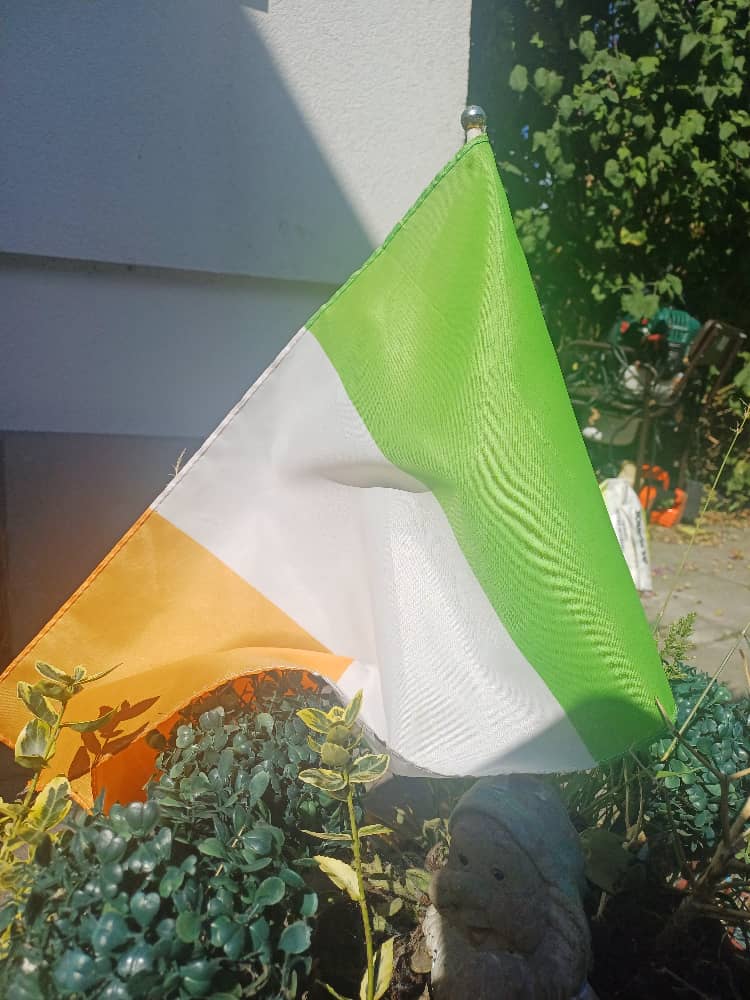
Pilgrimages & holy sites: Many pay tribute to St. Patrick by visiting sacred locations such as holy wells or climbing Croagh Patrick a mountain traditionally linked to his fasting and spiritual legacy
Global “Greening From landmarks like the Cliffs of Moher to international icons like the Sydney Opera House and Empire State Building, places worldwide glow green in solidarity a reflection of Ireland’s cultural reach.
Music & dance:
Live céilí gatherings, instrumental sessions (fiddle, tin whistle, bodhrán), and step dancing celebrate Ireland’s rich cultural heritage.
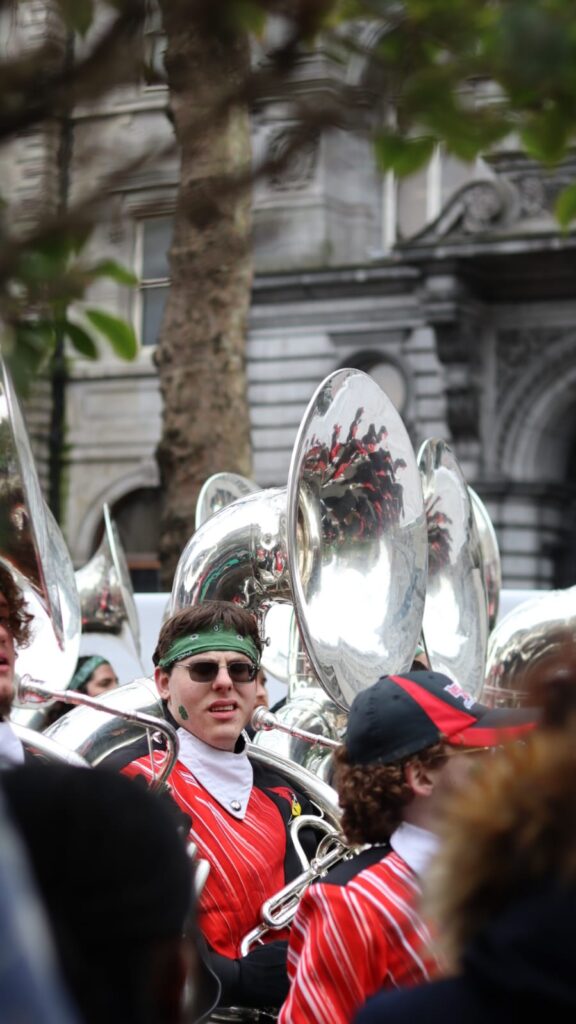
Food & gatherings: Families enjoy traditional Irish fare like soda bread, Irish stew, colcannon, coddle, and hearty roasts paired with Guinness or whiskey toasting though corned beef reflects more Irish-American influence
.
Iconic motifs
Green attire, shamrocks (often blessed and worn on lapels), and rituals like “drowning the shamrock” in a drink before tossing it for luck are all cherished features
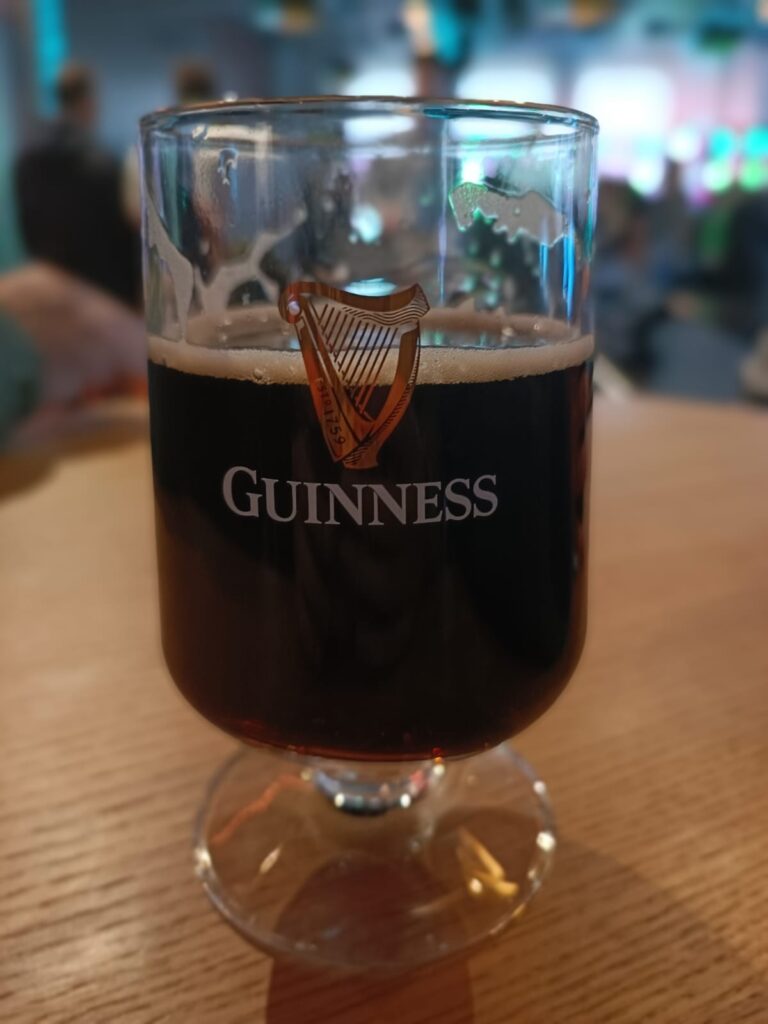
So, Why Should You Care?
St. Patrick’s Day isn’t just about leprechauns and beer—it’s a story of survival, identity, and cultural pride. Whether you’re Irish or just Irish-for-a-day, March 17 is a chance to celebrate history, myth, and a whole lot of fun.
Sláinte! (That’s “Cheers!” in Irish.)
Your Turn!
Will you be wearing green this year?
Have you ever been to a St. Patrick’s Day parade?
What’s your favorite Irish tradition?
Drop your answers below!
